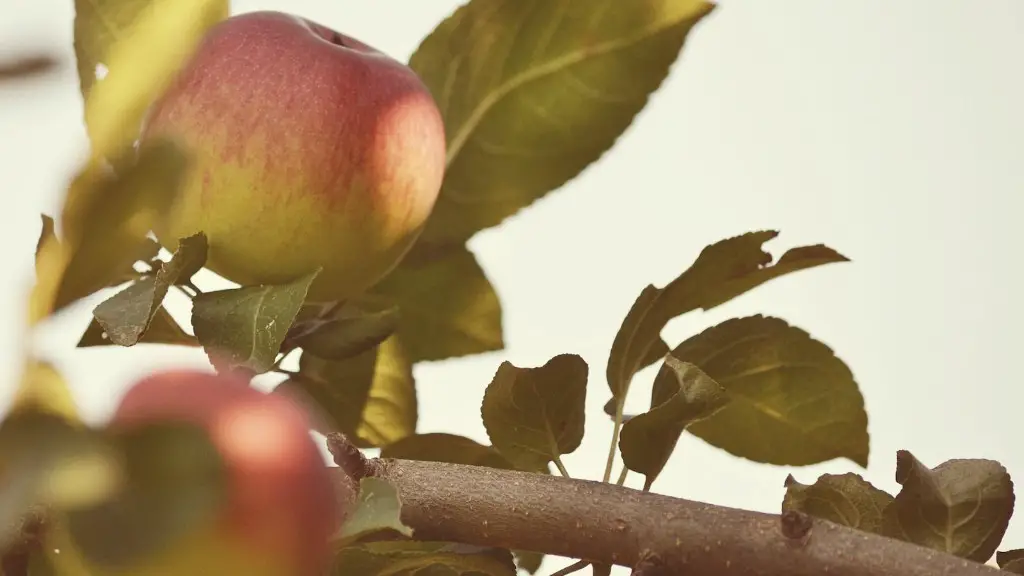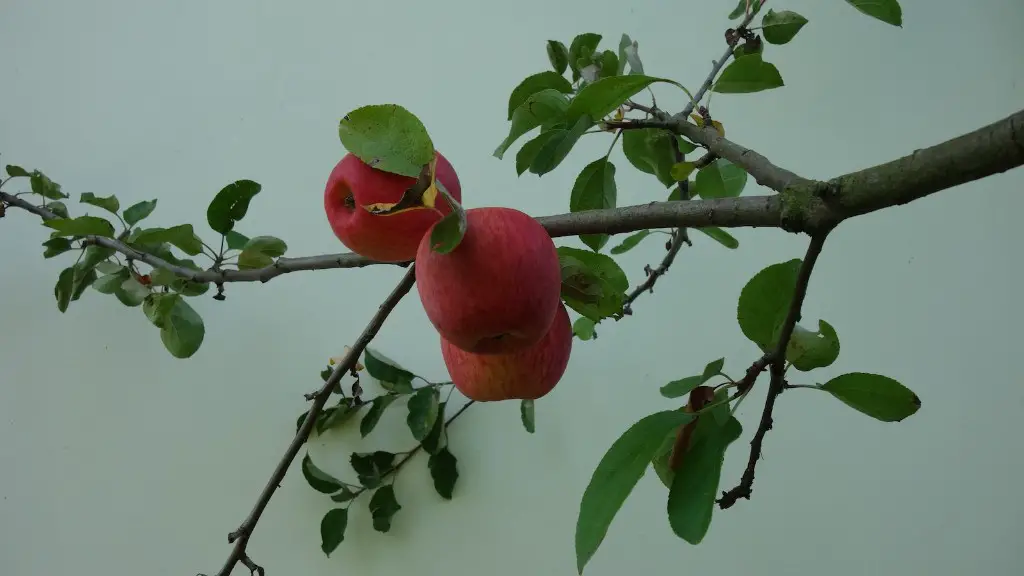Lemon trees are a great addition to any home and backyard, being both decorative and incredibly rewarding once you’ve managed to successfully grow them. Here’s what you need to know in order to raise a lemon tree.
First, you need to pick your lemon tree. When choosing the best one for your needs, look for varieties that are known for providing a heavy crop and are resistant to common pests and diseases. It’s also important to pay attention to the size when selecting your lemon tree, as it can quickly get out of control if you’re not sure which varieties to opt for.
Once you’ve selected the right tree for your needs, it’s time to prepare the soil for planting. Lemon trees thrive in rich, well-draining soil, so pay attention to the pH balance of the soil and the amount of organic matter present. You can also choose to add a layer of composted manure or a balanced fertilizer to further boost the soil fertility.
When planting your lemon tree, make sure to dig the hole at least two feet in diameter and the same depth. Place the tree’s root ball in the hole and cover with soil before filling the hole with water to help the soil settle. When the water has been absorbed, add some mulch such as pine straw around the tree for protection.
Now comes the routine care. Lemon trees need plenty of care and attention, so be sure to water them regularly and prune away old, dead branches. They also need plenty of sunshine, so place the tree in an area which offers at least six hours of direct sunlight a day.
In order to ensure your tree is producing a healthy crop of lemons, you’ll need to fertilize it on a regular basis. Make sure to use a balanced fertilizer that’s specifically designed for citrus trees. Finally, watch out for pests such as aphids, scales, and mealybugs which can quickly damage your tree and its fruit.
With the right selection of a lemon tree and constant care and attention, you can create your very own lemon orchard in your backyard. Follow the steps listed above and you’ll have plenty of lemons to enjoy in no time.
Harvesting and Storage
When it comes to harvesting the lemons, it’s important to wait until they form a nice golden color before picking them. Also check the branches for any ripe fruits and gently remove from the stem. If the lemons are not ready to be eaten, they can be easily stored in the refrigerator in a tightly sealed container.
Lemons can also be frozen if you wish to store them for a longer period of time. To do this, wash the lemons and pat them dry before cutting into wedges or slices. Place the cut portions on a baking sheet and freeze them until solid. Store the frozen slices in a re-sealable bag and place back in the freezer.
If you don’t plan on consuming your lemons right away, you can also opt to preserve them in sugar. To prepare, mix equal parts of sugar and water before heating on the stove until the sugar dissolves. After cooling and stirring the mixture, pour it over the lemons. Wait up to a week before enjoying the preserved lemons.
Lemons are a great addition to many dishes, providing a burst of flavor with no added fat or calories. Add them to salads, pastas, seafood dishes, and even desserts for a delightful twist.
Disease and Pests
Most lemon trees are resilient to disease, however they can still be affected by common pests and diseases. In order to keep your tree in top condition and protect it from any potential issues, watch out for pests such as aphids, scales, and mealybugs, as these can quickly damage the tree and its fruit.
If your tree is affected by any of these pests, you can use an insecticide to limit the damage. Be sure to choose an insecticide designed specifically for citrus trees and one that’s strong enough to effectively kill the pests.
If your tree starts to show signs of ill health or wilting, try to identify the cause. In most cases, it’s caused by poor soil or inadequate watering, so adjust the water and soil to suit your trees needs. Additionally, watch out for signs of disease such as cankers or leaf spot which you can treat with a fungicide.
Always keep an eye on your tree and make sure to spot any issues as soon as it arises. Regularly inspect your tree to check for any signs of pests or disease and take the necessary steps to control them.
Caring for Your Tree During Winter
Although lemon trees are resilient plants, they need to be taken extra care of during the winter months. To ensure your tree is protected during winter, it’s important to prepare it in advance. Make sure to water your tree regularly and provide adequate levels of fertilizer to ensure the soil is nutrient-rich.
When temperatures start to drop, cover your tree with horticultural frost cloth. Make sure to secure the cloth in place with stakes or weights to make sure it stays in position. Additionally, you can also move your lemon tree indoors when temperatures drop below 40°F.
In order to protect your tree from dying out, prune away any dying or dead branches. This allows for new buds and fruits to develop and helps to keep your tree in a healthy condition. It’s also important to cover any exposed roots to protect them from frost or ice.
If you live in an area that experiences occasional hail storms, consider wrapping the entire tree with a hail net to act as a shield. Additionally, make sure to rake up any fallen fruit to keep it away from predators and safeguard your tree.
Fruit Thinning
Fruit thinning is an important part of caring for your lemon tree, as it allows for the remaining fruit to grow larger and healthier. Once your lemon tree starts to produce fruit, it’s important to leave only a few fruits on each cluster and remove the excess. This helps to spread the resources evenly and boost fruit quality.
Fruit thinning also helps to prevent any branches from snapping off due to the heavy load. Cut off the excess fruit using a sharp knife and be careful not to prune too much, as this can stunt the growth of the remaining fruits.
Once the excess fruits are removed, you can use a hand-held fruit picker to gather the remaining fruits. Make sure to keep the handle close to the stem and slide the picker over the fruit before pulling it away to prevent any damage.
Fruit thinning is a crucial part in raising a successful lemon tree, and is an important step in ensuring the health and longevity of your tree. Make sure to perform fruit thinning regularly, particularly when the tree is laden with too many fruits.
Frost Protection
If you live in an area which experiences frost, you’ll need to take extra measures to protect your tree. Frost can easily damage the tree and its fruit and can even cause death if left unchecked. To protect your lemon tree from the damaging effects of frost, make sure to cover the trunk and roots with enough mulch to insulate them.
Cover the top of the tree with horticultural frost cloth and make sure to keep the branches and leaves covered with the cloth to prevent any frost from settling in. You can also use buckets or cardboard boxes filled with hay or straw to cover and insulate the tree.
If your tree is young or still in its early stages, you can place small heat lamps around the tree in order to maintain temperatures slightly above 40°F. Additionally, you can also use burlap or plastic sheeting to provide extra insulation during the winter months.
By following these steps, you will be able to keep your lemon tree safe and healthy during the cold winter season. Be sure to regularly check if the cloth is in place and use the heat lamps when necessary.
Watering
Lemon trees require a generous amount of water in order to maintain their health. Before watering your tree, make sure to check the soil’s moisture levels and water accordingly. Ideally, the soil should be slightly damp between watering sessions.
When watering be sure to give the tree enough water to fully saturate the soil, as lemon trees don’t respond well to occasional watering. You can determine if the tree has received enough water by examining the leaf shape and color. A healthy tree has glossy leaves and an upright shape.
During hot weather, it’s important to increase the water frequency to ensure your tree is adequately hydrated. Additionally, consider installing a drip-irrigation system to ensure the tree always receives enough water. Make sure to set out the irrigation clock in order to provide the necessary water doses.
Additionally, mulch helps to retain the soil moisture and regulates the water levels in the soil. Spread a thick layer of mulch around your tree to reduce water loss and prevent rapid evaporation.
By following these steps and ensuring your tree is getting enough water, you will be able to keep your lemon tree healthy and in top condition.



